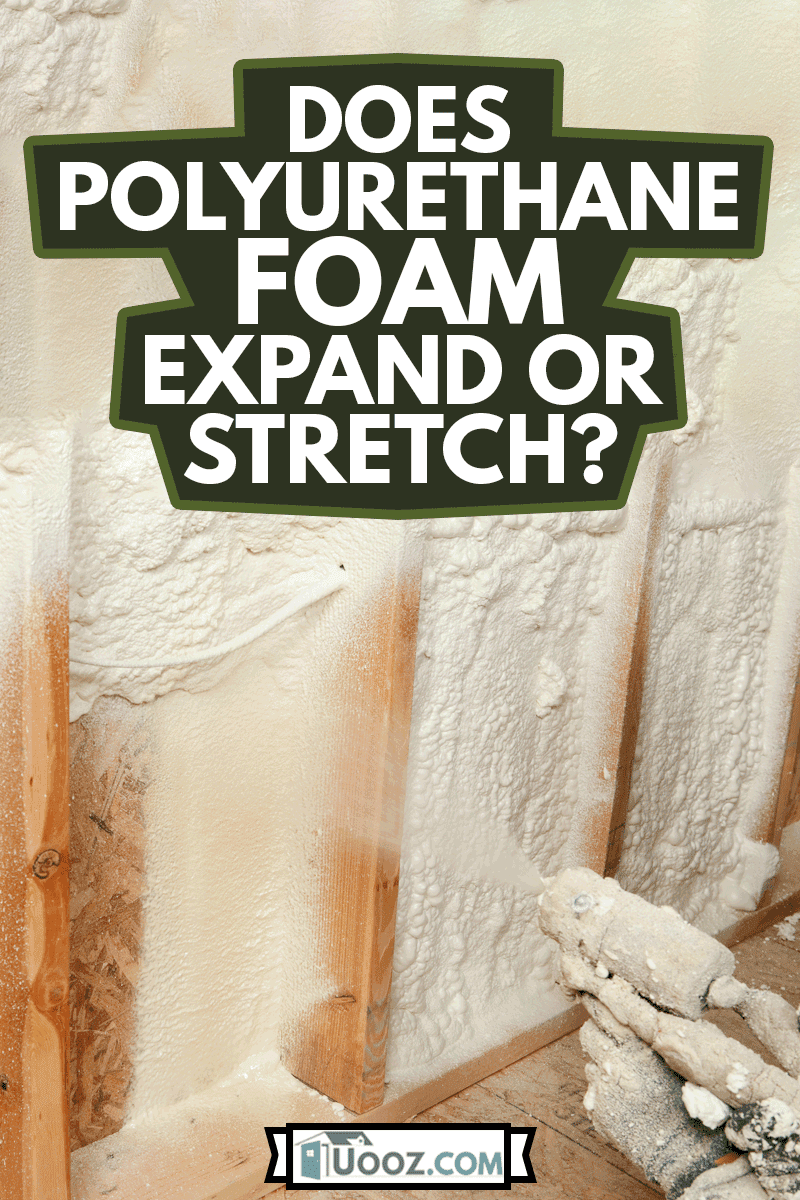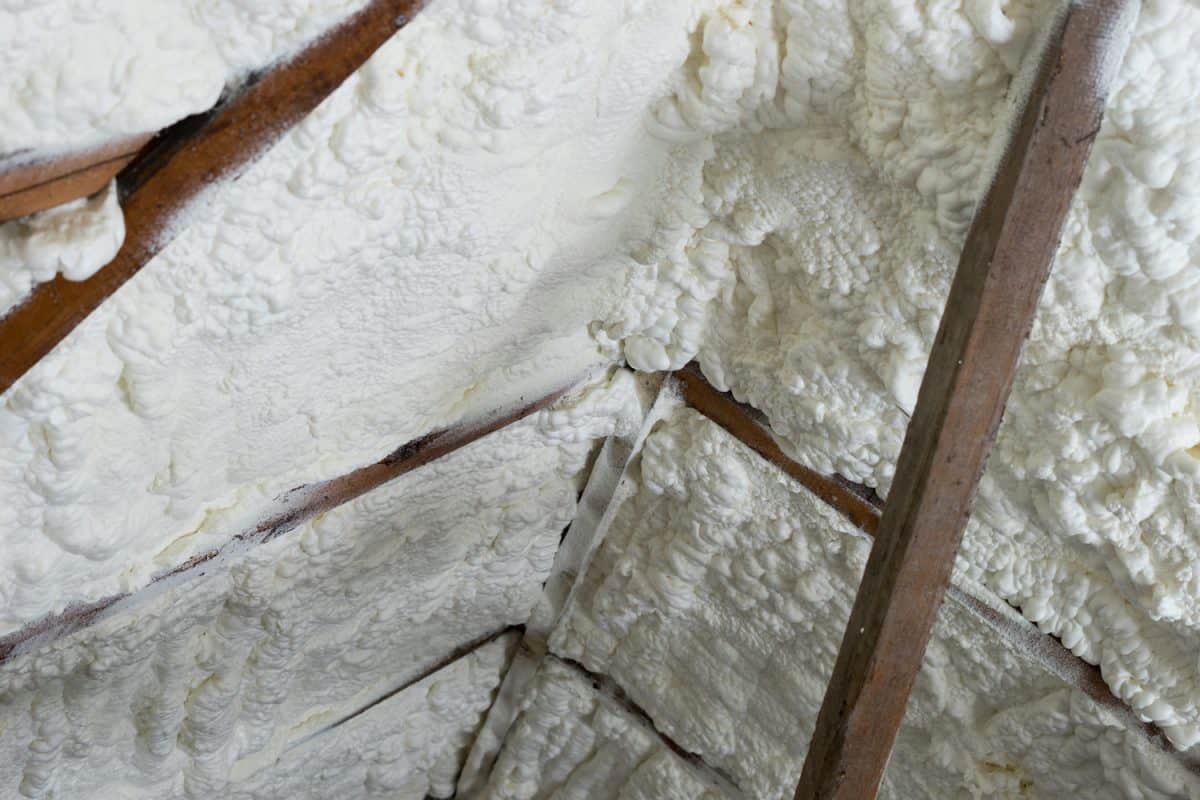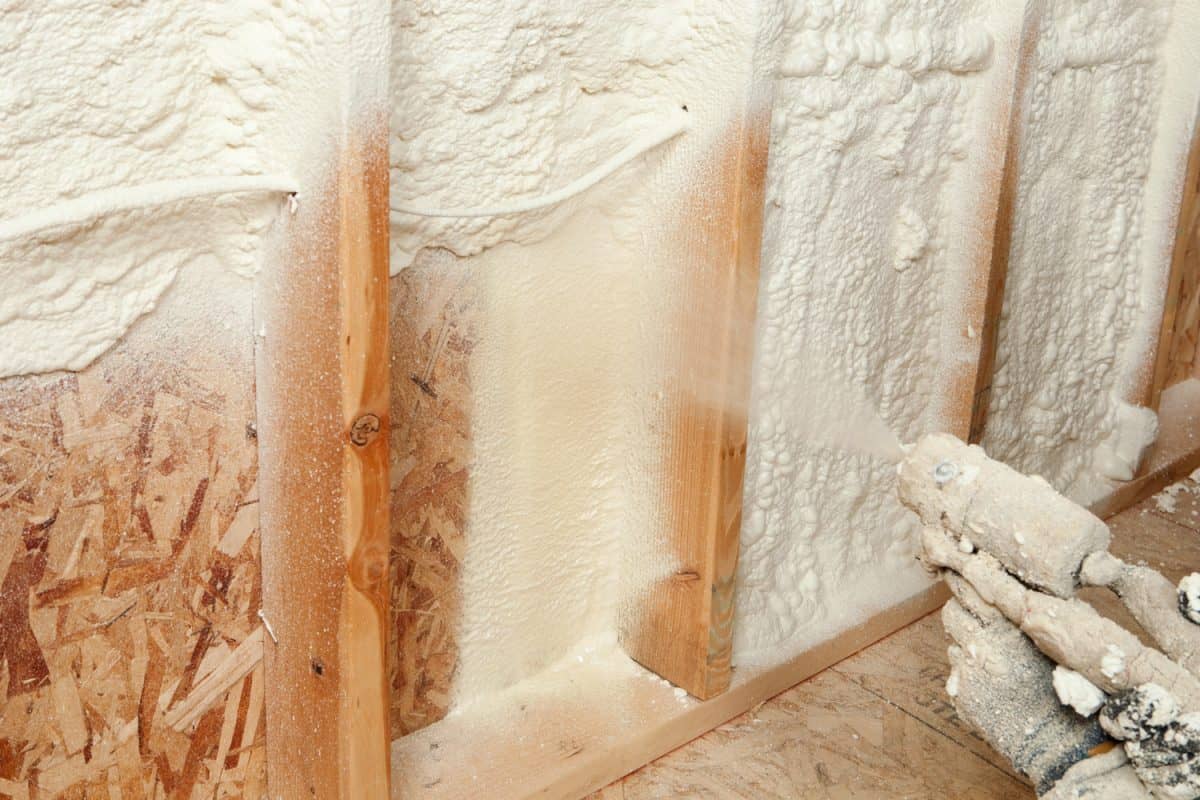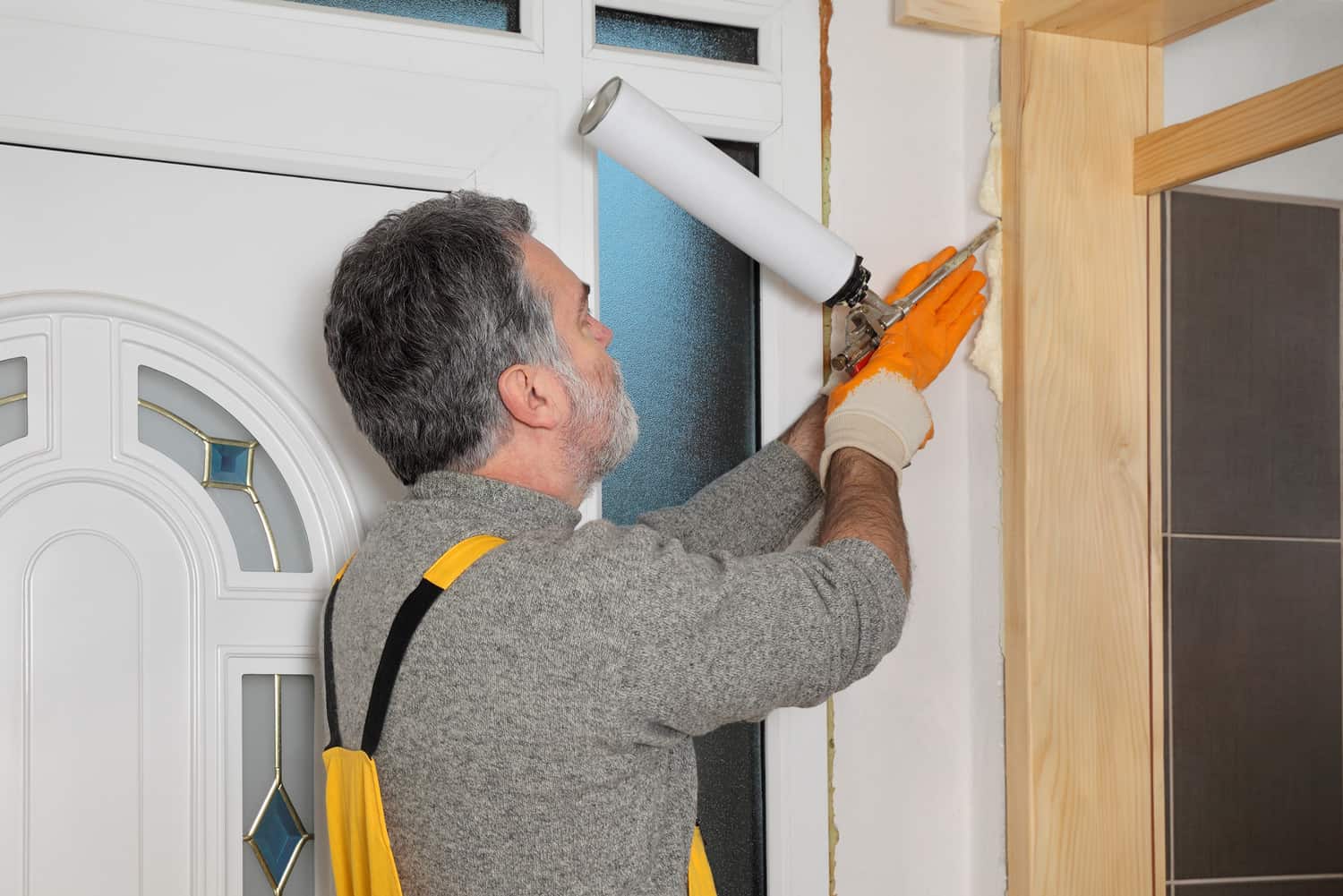Polyurethane foam is a popular product with a wide range of uses. You may find it used for sound dampening, cushioning, and building construction. If you are looking to use this material, you will need to know a few key things. We have done the research and have everything you'll need to know about polyurethane foam.
Polyurethane foam does expand during curing. The amount that it expands will depend on the composition of the polyurethane. Low expansion foam can expand as little as two to three times its dispensed volume. High expansion foam can expand thirty to sixty times its dispensed volume.
The kind of polyurethane foam you use on a project is crucial. One will be a more flexible foam after curing, and the other will be rigid. You can find spray-on foams or two-part chemical foams to fit your needs. Keep reading for tips and information for finding the right Polyurethane foam.

What are the properties of polyurethane foam?
You will be able to find a lot of different polyurethane foams on the market. The biggest distinction will be whether the foam is a closed-cell or an open-cell. These will have different expansion ratios, densities, and uses. Overall, the main property of polyurethane foam is its insulating capabilities.
Some foams are better for temperature isolation, and others are better at dampening sound. These foams are also heat resistant and lightweight.

After application, the foam will expand and cure. You can find both flexible and rigid polyurethane foams. These variations will expand and cure in different ways depending on their specific use.
Spray Foam
Open-cell foam can be sprayed directly onto walls for insulation. To get the foaming reaction, two chemicals combine before spraying out of the nozzle. This foam requires a special sprayer and ventilation equipment. This kind of foam is best for covering large areas. Use this method for sound and temperature insulation in the walls of your house.

Can Foam
With canned foam, the chemicals are already mixed in a liquid state. These foam rely only on the reaction with the air after extrusion. These foams do not expand as much as two-part polyurethane foams.
Click here to see this foam sealant on Amazon.
Insulators like these are best for gaps measuring less than an inch. These foams are great for filling narrow spaces and securing pipes in walls.
What is the difference between open and closed-cell foam?
Open-cell foam has high expansion rates and is much more flexible and soft. This is the foam you would typically see in wall insulation for sound dampening. The open cells make the seal semi-permeable but will still provide a decent air seal. They are just less resistant to water absorption.
Closed-cell foam is more rigid and has a higher density. These foams are usually used outdoors, as their design has better thermal resistance than open-cell designs.
Will polyurethane foam absorb water?
Closed-cell polyurethane foams can form a vapor barrier. You should use this kind of foam when you need the seal to be water-resistant. The water absorption rate is less than two percent over time.
Although closed-cell foams resist water, you should not use them for permanent water use. It can resist water for days, even months, but not permanently. Over time the water will begin to wear away the foam and penetrate the waterproof outside.

Open-cell polyurethane foams can absorb water from leaks. Using it around water can lead to mold and mildew growth over time. These are not advised for any application involving water contact.
What is the compressive strength of polyurethane foam?
Polyurethane foam has a Compressive strength between five and five hundred kPa (kilopascal). The exact kPa will be dependant on the density of the cured foam. There is a positive correlation between density and compressive strength.
Foams of higher densities will have higher kPa's, making them a stronger option. If your foam will be load bearing, you will need to pay close attention to the foam's density and pressure rating.

Open-cell foam will be between five and thirty kPa, translating to between one and five pound-force per square inch (PSI). Closed-cell foams are between 170 and 500 kPa or 25 to 73 PSI.
Does polyurethane expand with heat?
A reaction between the chemicals and moisture in the air causes the expansion. Once the foam is extruded or mixed, the chemicals will begin to react rapidly.
Although the expanding reaction is due to moisture, heat does affect the foam overall. Using your foam at a temperature below what is suggested can prevent the foam from curing fully.
Click here to see this sealant on Amazon.
During the life of your insulation, it is subject to changes over time. Heat can cause cured polyurethane foam to weaken or degrade over time. The foam above is designed to withstand heat up to two hundred and twelve degrees.
How does polyurethane foam cure?
The chemicals in the foam react with water. The chemical reaction creates gasses that inflate the cells of the foam. The higher the temperature of the reaction, the longer it will react. The foam will cure once the
How long does polyurethane foam take to cure?
The cure time for polyurethane foam will depend on the foam's formula, ranging from eight to twenty-four hours. The instructions on your foam will tell you how long it will take to cure.
Before the foam cures fully, it will be tacky to the touch. The surface will become tack-free early on in the curing process. Depending on the kind of foam, it can be tack-free between five and sixty minutes after extrusion.
When the surface is dry, it may seem like the foam is cured. However, it will still require more time to cure fully. Keep in mind: the thicker the foam layer, the longer the cure time will be.
Safety tips for working with polyurethane foam
When working with polyurethane foam, you will be exposed to its chemical ingredients. This applies to can foam sealants as well as spray foam applicators. You can wear gloves and long sleeves to protect your skin and goggles to protect your eyes.
The curing and expanding process will release vapors into the air. If you are working indoors, open windows to ventilate the space well.
Is polyurethane foam flammable?
Before the foam is fully cured, it will be considerably flammable. The vapors released during installation can build up in a closed space. If you are working around a pilot light, it is best to turn it off. Avoid any smoking or open flames in the work area.
Which Polyurethane foam should you use?
Using the wrong kind of expanding foam can decrease its efficiency or cause damage. Different types of foam excel at different things. The size of your project can also influence this choice.
One benefit of both open and closed cell foam is that they make effective air barriers.
Flexible foam
Flexible open-cell foams are best for filling in large spaces with insulation. The amount of expansion in the foam will spread the insulation into every crack and crevice.
This foam is not very resistant to water or high temperatures. Some kinds of open-cell foam are hydrophobic. This allows them to come in contact with water but not create mold. It can dry if given time.
Rigid foam
Rigid closed cell foams expand a lot less than flexible foams. Even so, they are also able to expand into spaces. These foams can provide support and stability to structures.
Closed-cell foam is excellent for insulation in tight spaces. Rigid foams are better at resisting water and high temperatures, which is ideal for use outdoors. Homes located in areas prone to flooding should use rigid foam for an airtight seal.
In Closing
Polyurethane foam does expand after application. Open-cell foams can remain flexible after curing. Closed-cell foams will cure hard and can help support whatever it adheres to.
High expansion foam is better for covering large areas. The key to an airtight seal is a combination of the right insulation and proper installation. For more home renovation tips, check out a few of our other articles:


